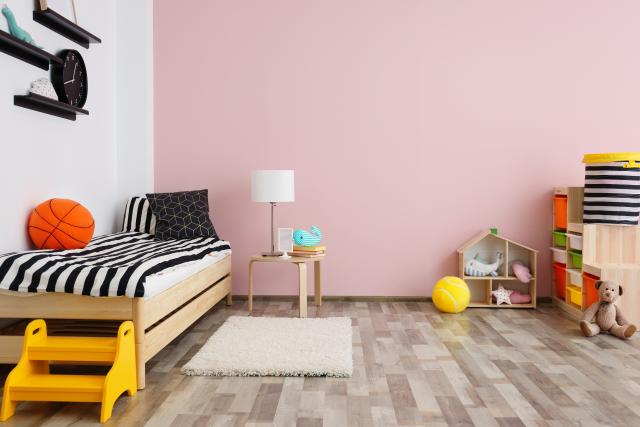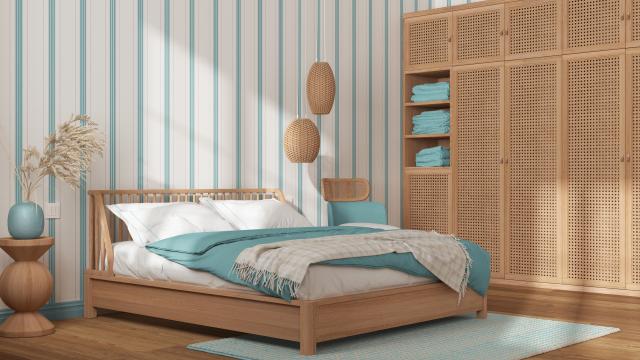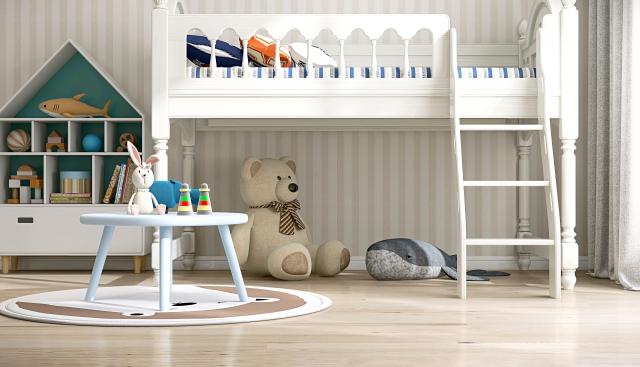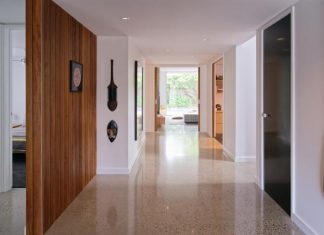Stripes are a timeless and versatile pattern that can add both visual interest and depth to interior design. Whether used in bold or subtle ways, stripes can create a sense of movement and energy in a space, making them a popular choice for a variety of design styles.
One of the most common uses of stripes in interior design is for wallpaper or wall paint. Striped walls can create a sense of height in a room, making them a popular choice for smaller spaces such as bathrooms or hallways. Striped wallpaper or paint can also be used to create a feature wall, drawing the eye and adding a sense of drama to a space.
Stripes can also be used in textiles such as curtains, rugs, and upholstery. Striped curtains can add a pop of color and pattern to a room, while striped rugs can create a sense of movement and texture on the floor. Striped upholstery can be used to add visual interest and depth to furniture such as chairs, sofas, and ottomans.
When incorporating stripes into your interior design, it is important to consider the scale and proportion of the pattern. Large, bold stripes may overwhelm a small space, while thin, subtle stripes may be lost in a larger room. It is also important to consider the overall color palette and design elements of the room, and to choose stripes that complement, rather than clash with, other patterns and colors in the space.
Stripes can be used to create a variety of design styles, from traditional and preppy to modern and minimalist. For example, a navy and white striped rug can create a nautical, coastal feel, while black and white vertical stripes can create a sleek, contemporary look.
Overall, stripes are a versatile and timeless pattern that can add both visual interest and depth to interior design. Whether used in bold or subtle ways, stripes can create a sense of movement and energy in a space, making them a popular choice for a variety of design styles.









